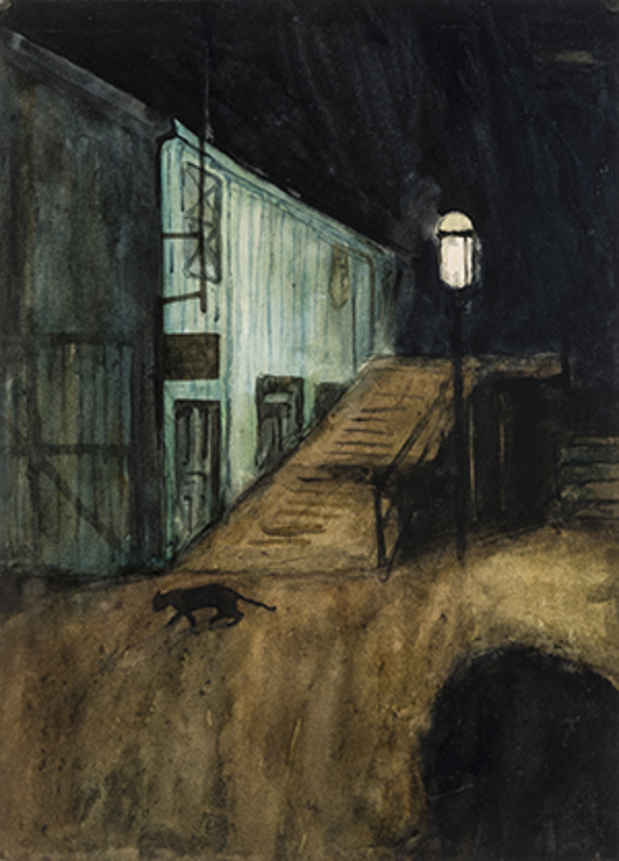Stuart Davis “Path to Abstraction”
Hirschl & Adler

This event has ended.
Hirschl & Adler Galleries presents Stuart Davis: Path to Abstraction. The exhibition offers a rare view of Davis’s earlier foundational works including selections from his tough, gritty Hoboken series and examples from his seminal trip to Havana, Cuba, in 1920, alongside his more developed abstract style characterized by pared-down geometric forms and simple primary colors. Though tempting to think of the artist’s evolution as a tidy linear progression, this exhibition reveals the highly conflicted nature of Davis’s modernist development toward abstraction. With approximately thirty paintings and drawings the show follows Davis’s meandering trajectory toward an increasingly abstract, cohesive, and syncopated style.
Babette, painted in 1912 while Davis was living in Hoboken, New Jersey, under the tutelage of Robert Henri, is steeped in art historical precedent, presenting a theatrical view of a spotlighted performer in the café-concert hall. But it attempts to break from tradition in its unfiltered vitality and brash darkness. Works produced during his year in Hoboken reveal Davis as a keen observer of both urban and rural life. Davis’s career-long interest in the modern experience is perfectly captured in this dramatic depiction of the often seedy, populist appeal of vaudeville.
Often overlooked in his oeuvre, the Havana paintings, distinguished by their palette of pinks, blues and vibrant yellows, prove central to Davis’s continued assimilation of Matisse’s sharp color and arbitrary figuration. The drive toward abstraction becomes visible in works like (Cuban Interior) from 1920, with its distillation of figures into pure color and form. The artist would later write, “I was enormously excited by the [Armory] show, and responded particularly to Gauguin, Van Gogh, and Matisse, because broad generalization of form and the non-imitative use of color were already practices within my own experience. I also sensed an objective order in these works which I felt was lacking in my own.”
Furthering his transition, Untitled (Greek Backwards) of 1921, exemplifies Davis’s coming of age in the early interwar period when the assimilation of Cubism seemed crucial to becoming a truly modern artist. Now incorporating letters into the mix, Davis had come to realize that even recognizable symbols could be appreciated and utilized as purely abstract

forms in their own right. The push/pull of representation vs. abstraction became a source of creative tension is Davis’ art and that distinctive melding is strikingly portrayed in a series of drawings from Gloucester, Massachusetts, in the early 1930s. Determined to view the world around him as little more than a jumble of shape, line and color, Davis said “The question is not whether a picture is abstract or not – they all are.”
The exhibition culminates in the hyper-refined simplicity of Davis’s major late work Untitled (Black and White Variation on “Pochade”), from about 1956-58. The linearized black and white composition, made of casein on canvas, reinforces Davis’s steadfast belief that drawing and painting are synonymous. Alongside the Gloucester drawings, Davis’s unique ability to repurpose earlier work becomes evident as Davis crops, edits and enlarges previous compositions to produce a partially recognizable, completely abstract work.
Media
Schedule
from June 09, 2016 to August 19, 2016
Hirschl & Adler Modern is open in the summer Monday through Friday, from 9:30 am to 4:45 pm.